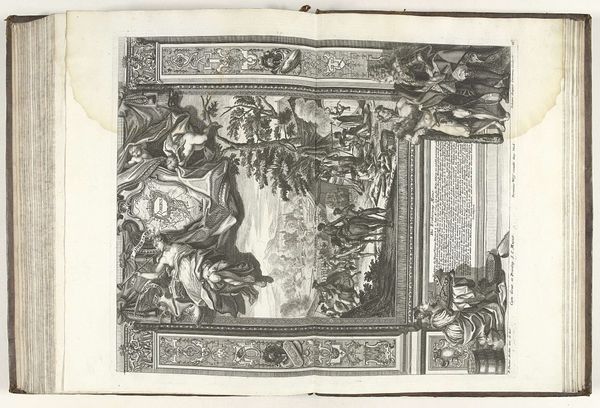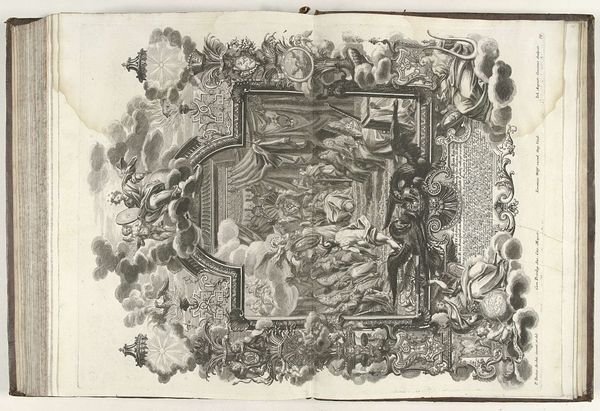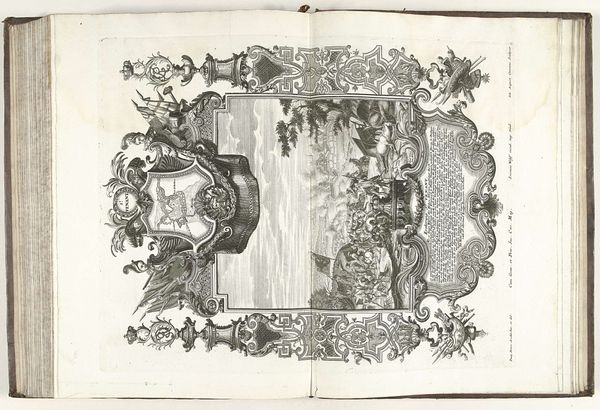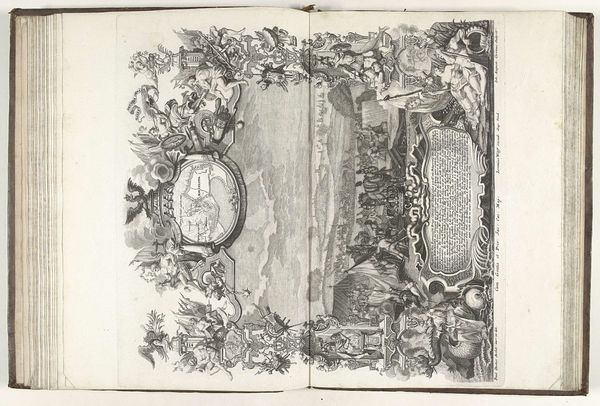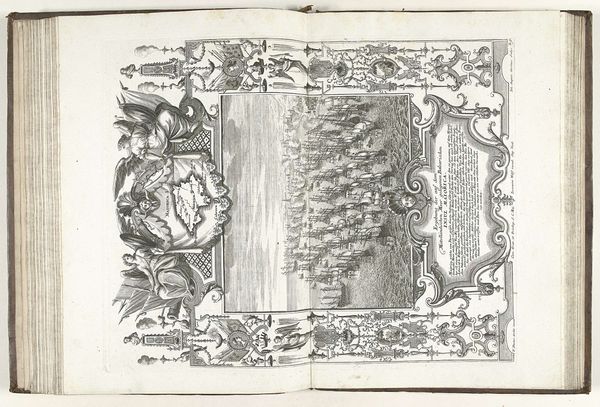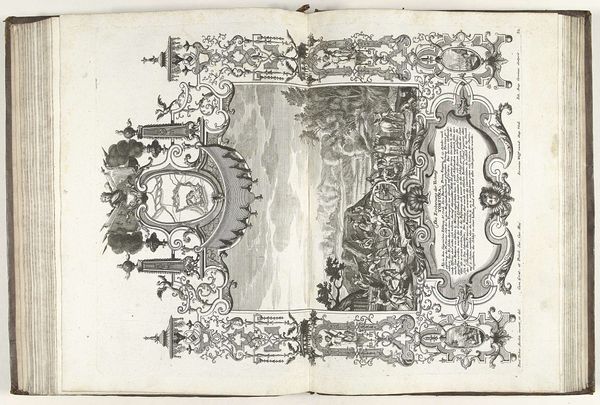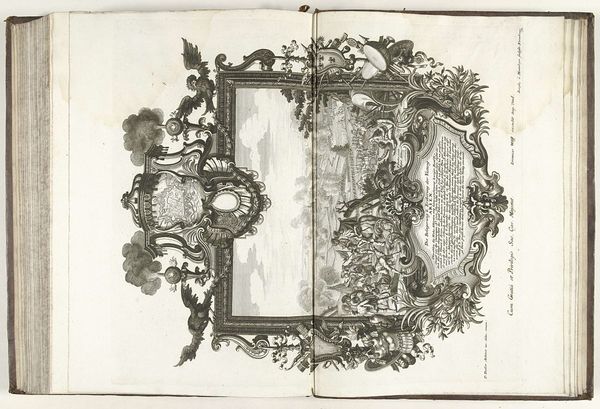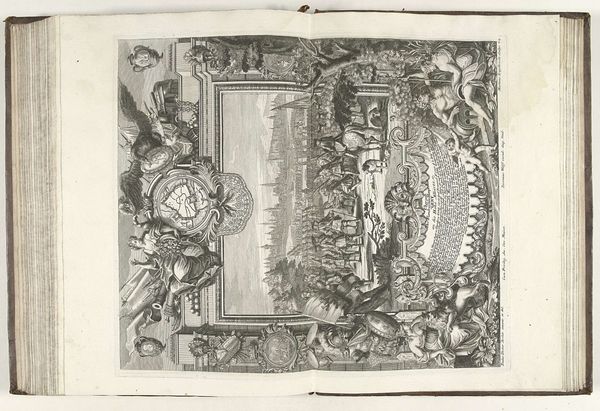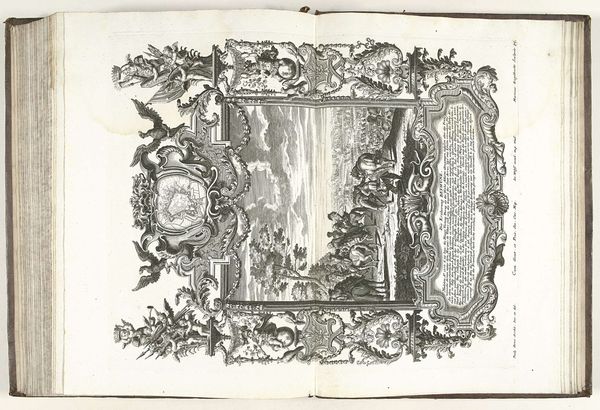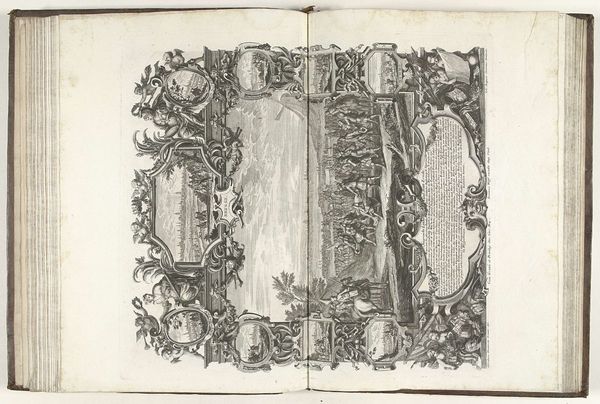
print, engraving
#
baroque
# print
#
old engraving style
#
history-painting
#
engraving
Dimensions: height 515 mm, width 390 mm
Copyright: Rijks Museum: Open Domain
This print depicting the coronation of Charles VI as Holy Roman Emperor was made by Georg Heinrich Schifflin in 1711. As an engraving on paper, the image gains its impact from the sharp contrast of black ink laid down by a skilled hand, against the white of the page. Look closely, and you’ll see the incredible detail packed into the space – the imperial regalia, the architecture, the figures themselves, all delineated with tight, controlled lines. Engraving is an intaglio process. The artist would have used a tool called a burin to cut directly into a metal plate, and these grooves then hold the ink that creates the image. Each print requires careful inking and pressing, a labor-intensive process that demands a high level of technical skill. The prevalence of printmaking during this period speaks to the growth of a visual culture, where images could be reproduced and disseminated widely, playing a key role in shaping public opinion and cementing power. In the end, understanding the process of printmaking helps us appreciate the skill and effort that went into creating these images, and the way they functioned within society.
Comments
No comments
Be the first to comment and join the conversation on the ultimate creative platform.
